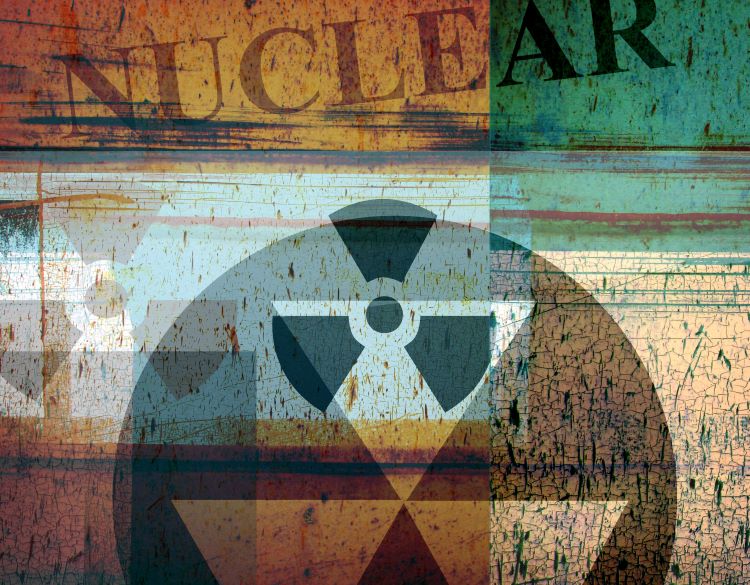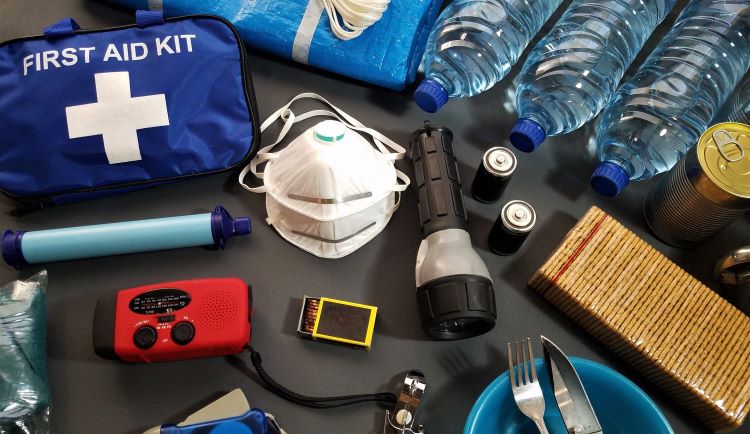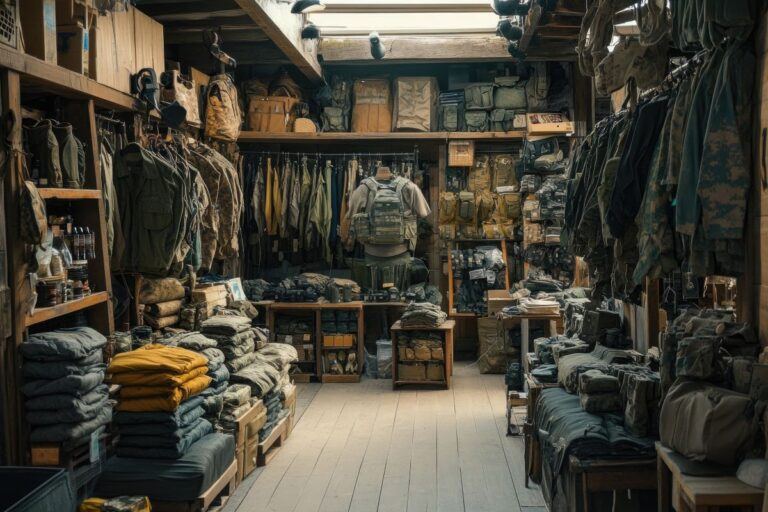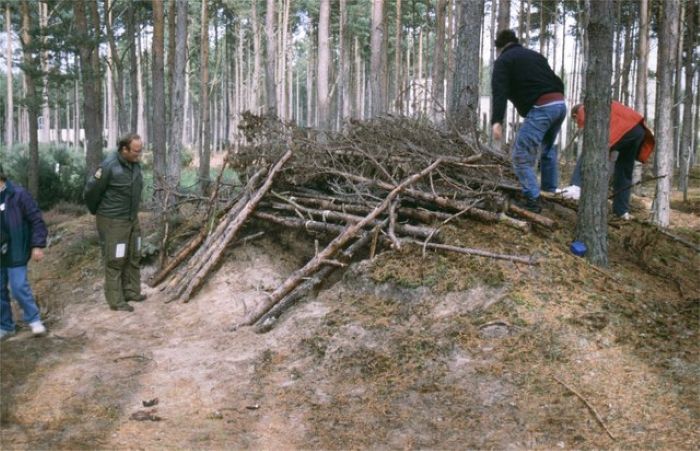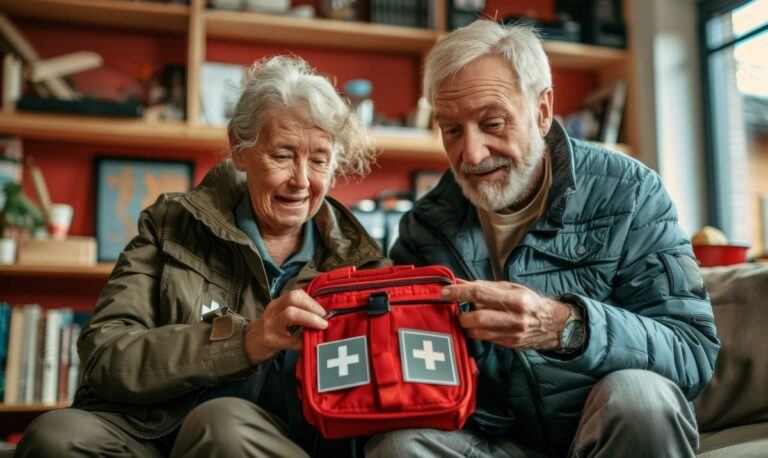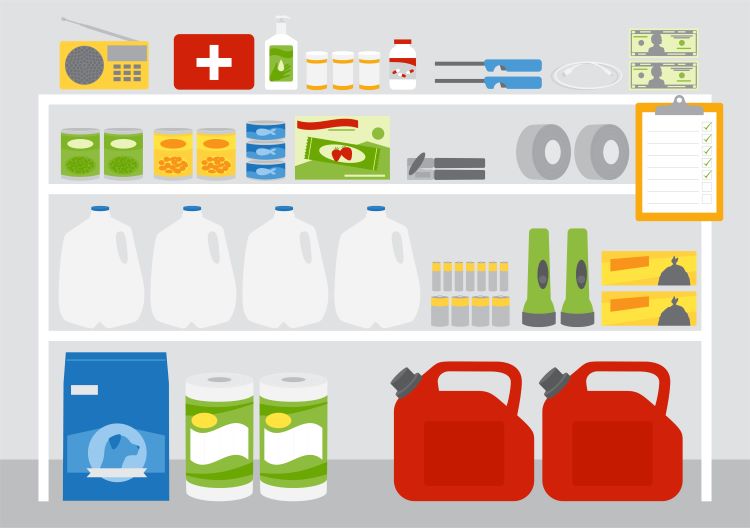How to Avoid the Most Common Prepping Mistakes

I’ve been involved in survival prepping and disaster support in some way or another most of my life. Prepping isn’t just about collecting supplies; it’s also about preparing for emergencies. It’s about building a survival system that works when you need it most. But many people fall into common mistakes that leave them vulnerable in a real emergency.
Some stockpile the wrong items, assuming that if they have enough food or gear, they’ll be fine. Others make rigid plans that only work under perfect conditions. Many fail to test their strategies, assuming they’ll figure things out when the time comes.
The difference between those who thrive in a crisis and those who struggle comes down to planning, adaptability, and the ability to recognize where their prepping strategy is weak.
One of the biggest mistakes is treating prepping like a shopping list instead of a functional survival plan. Too many people focus on what they have rather than what they can do.
They stockpile food without thinking about sustainability. They buy expensive survival gadgets but never practice using them. They assume that owning a generator, a water filter, or a first-aid kit automatically makes them prepared.
But in a real crisis, knowledge and experience matter more than any piece of gear. A person who has spent time learning how to purify water from natural sources will outlast someone who owns a water filter but doesn’t know where to find water once their storage runs out.
Another major mistake is relying too much on a single plan. Many preppers assume they’ll stay home during an emergency, but what happens if their home is destroyed or unsafe?
Others focus on bugging out but don’t have a backup location in case their primary destination is compromised. The best survival plans are flexible. They don’t depend on everything going right.
Instead, they assume that multiple things will go wrong and have built-in layers of redundancy. If the plan is to bug in, there should still be an evacuation strategy in place. If the plan is to bug out, there should be multiple routes and backup locations in case the primary option is unavailable. Prepping isn’t about predicting the future—it’s about ensuring survival no matter what happens.
Failing to test a survival plan before a real crisis is another common mistake. Many preppers assume that because they have food stored, they’ll be fine during a supply chain disruption.
But have they tried living off their stockpile for a week? Many believe their generator will provide power in an outage, but have they tested it to see if it lasts as long as expected?
Others assume their bug-out plan is solid, but have they ever attempted to leave their home under realistic conditions? Running drills, testing gear, and simulating real emergency scenarios expose weaknesses before they become life-threatening problems.
A person who discovers a flaw in their plan during a controlled test has time to fix it. Someone who finds that flaw in a real disaster might not be so lucky. Another mistake that leaves preppers vulnerable is failing to think about long-term sustainability.
A stockpile can only last so long. Prepping should include ways to extend survival beyond stored supplies. This means learning how to grow food, conserve resources, and harness renewable energy sources.
A person with a garden, small livestock, and knowledge of foraging can feed themselves indefinitely. Someone who only has stored food will eventually run out of it. The same applies to water.
A well-prepared individual won’t just store water—they’ll have ways to collect, filter, and purify it from multiple sources. Long-term survival is about maintaining access to critical resources, not just storing them for later use.
Many preppers also fall into the trap of overcomplicating their plans. They focus on extreme survival techniques while ignoring basic preparedness. They invest in expensive tactical gear but often overlook securing everyday essentials, such as medications, hygiene supplies, and basic repair tools.
They create elaborate bug-out strategies but often fail to address common disruptions, such as power outages, job loss, or natural disasters. Prepping doesn’t have to be extreme to be effective. The best survival strategies cover both short-term emergencies and long-term disruptions, providing stability in any crisis.
Another area where preppers go wrong is ignoring physical fitness and mental preparedness. Survival isn’t just about having supplies—it’s about being physically capable of handling stress, fatigue, and unexpected challenges.
Many people assume they’ll be able to carry a fully loaded bug-out bag over long distances, but have they ever tried hiking with it? Others believe they’ll be fine in a high-stress situation, but have they ever practiced making decisions under pressure?
Fitness, endurance, and stress management are just as necessary as stockpiling food and water. A strong, adaptable mind and body can mean the difference between survival and struggle.
Security is another aspect of preparedness that people often overlook or handle incorrectly. Some assume that simply owning a firearm will keep them safe, but security is about more than weapons.
It’s about having layers of defense, deterrents, and strategies that reduce risk before confrontation is necessary. Reinforced doors and windows, motion-activated lights, and community networking all play a role in survival.
A person who assumes they can handle every security threat with force may not be prepared for more common dangers, such as home invasions, looting, or the slow breakdown of social order in a prolonged crisis. A well-rounded security plan encompasses awareness, deterrence, and multiple options for protecting both individuals and assets.
Many preppers also make the mistake of assuming they can go it alone. While self-sufficiency is essential, isolation can be a significant disadvantage in a long-term survival situation.
A single person or small family will struggle to maintain security, food production, and resource management over an extended period. Strong survival communities have always been built on cooperation.
Prepping should include networking with trusted individuals, building local connections, and having people to rely on when things get tough. A lone wolf mentality may be effective in short-term emergencies, but in a prolonged crisis, teamwork significantly increases the chances of survival.
A critical mistake that many preppers make is focusing only on worst-case scenarios while ignoring the everyday emergencies that are far more likely to happen. Preparing for a total societal collapse is one thing, but what about losing a job, facing unexpected medical bills, or dealing with regional disasters like wildfires or hurricanes?
A well-prepared person isn’t just ready for the apocalypse—they’re prepared for the disruptions that could happen next week. Building financial resilience, maintaining an emergency fund, and preparing for common risks should be just as much a part of survival planning as preparing for long-term disasters.
One of the worst mistakes preppers make is waiting too long to start. Many people think they’ll begin prepping once they have more money, more time, or more space. Others assume they’ll have a warning before they need to act.
But emergencies don’t wait for the right moment. They happen suddenly, often when people are least prepared. Every day spent delaying preparedness is a day closer to being caught off guard.
Even small steps, such as setting aside extra food, learning a new skill, or testing a survival plan, can make a significant difference when a crisis arises. Prepping isn’t about hoarding supplies, predicting the future, or preparing for a single disaster.
It’s about building a system that ensures survival under any conditions. Avoiding common mistakes means focusing on redundancy, adaptability, and real-world testing. The strongest preppers aren’t the ones with the most gear or the most elaborate plans.
They’re the ones who understand that survival isn’t about having everything—it’s about knowing what to do when things go wrong. The best way to avoid prepping mistakes is to start now, build practical skills, and ensure your survival plan works when it’s needed most.
What’s your take on this? What kind of survival prepping mistakes have you made? Do you know anyone who has made any of these mistakes I’ve listed? Drop a comment below—your insight might be precisely what someone else needs. I read every comment and reply when I can. Let’s learn from each other.

